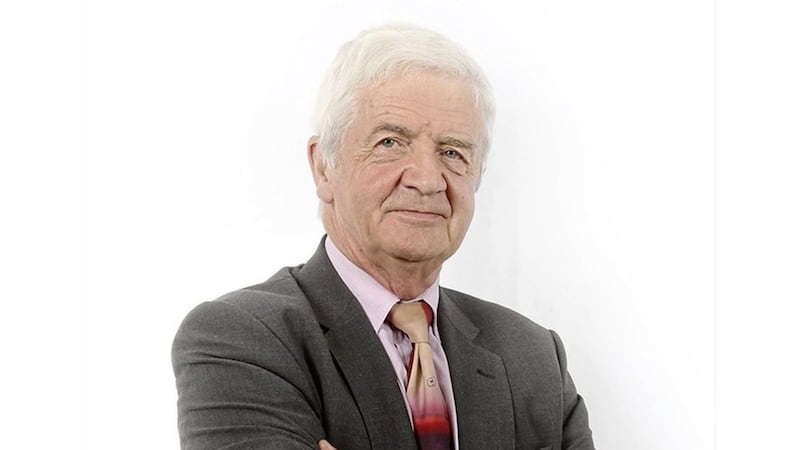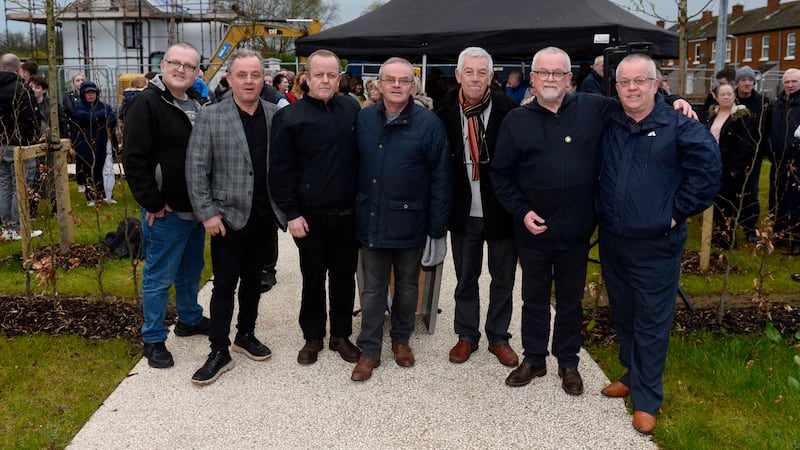Anyone who says that sport and politics do not mix has never visited this part of the world. The establishment of a new GAA club is usually local news, but the creation of a new club in east Belfast made national headlines.
The club's formation was a great sporting achievement. But while it was welcome, some political comments represented a sad misunderstanding of our past, based on the fairytale of the Planter and the Gael. Welcome to Britain's interpretation of Irish history.
Ireland has experienced waves of immigration for about 12,000 years. That pattern has been particularly marked in the past 1,000 years. The Anglo-Normans (who became the English) invaded Ireland 900 years ago.
Within 200 years they had effectively become Irish, marrying the locals and adopting their laws, customs and language. Their names survive today in Wolfe (as in Tone) and hurling greats like Cody, Comerford, Walsh, Fitzhenry and Tyrell.
To counter the assimilation of invader and native, Britain created the Pale, a protected area from Dundalk to Bray. It outlawed Irish-English intermarriage and banned the Irish language, dress, customs - and hurling. The British policy of divide and rule had begun. It was reflected in Henry VII's Munster Plantation, which failed, but it later formed the basis of the Ulster Plantation, over 400 years ago.
At that time, two lesser-known immigrant groups also arrived. Huguenots, who were French Protestant refugees, settled in Dublin, Cork and Lisburn (where they helped to establish the linen industry).
Former taoiseach, Seán Lemass, was a descendant and their surviving surnames include Annett, Tone (as in Wolfe), Drelincourt (as in Drelincourt Church of Ireland primary school in Armagh) and Hazard.
If Sinn Féin MP, Chris Hazzard, is a descendant of French Protestants, why is he Irish (and rightly so) but descendants of English Protestants are British? The father of Irish republicanism, Wolfe Tone, was a descendant of two different immigrant groups.
At the same time, several hundred Lutheran families arrived in Ireland, fleeing destitution in the Palatinate area of Germany. Their surviving surnames include Fyffe and Switzer. The Palatine's Daughter is now a traditional Irish song and the village of Palatine in Carlow has a thriving GAA club, with no mention of German and Gael.
More recently, immigrants into Ireland have come from across the globe. They include Zak Moradi, a Kurdish refugee who arrived with his family in 2002, aged 11. He won the Lory Meagher Cup last year, playing hurling for County Leitrim. Nobody mentioned Kurd and Gael.
The British version of Irish history (now adopted by the SDLP and SF) is that every immigrant group arriving here became Irish, except those who came during the Ulster Plantation. But British colonial rule was based on building division into its administration, on the basis of religion, ethnicity or language.
It happened in Nigeria, Uganda, Zimbabwe, Kenya, Cyprus, Palestine, Australia, Canada, South Africa (where it formed the basis for apartheid) and India/Pakistan. The Tony Blair-designed modern Stormont is based on the traditional British colonial policy of institutionalised division, not assimilation.
The Planter and Gael fairytale in east Belfast is part of that tradition. It is fiction because County Down was not part of the Ulster Plantation. An earlier plantation had failed there, so there were no planters in what became east Belfast, although there were Scottish settlers, some of whose ancestors were Irish.
Donegal and Cavan were among the six planted counties, but no one mentions Planter and Gael there. Protestants in Cavan are Gaels, but those a mile away in Fermanagh are Planters. (Maybe it is based on DNA tests?)
Until we recognise that Ulster Protestants are Irish who wish unity with Britain, we have no basis for a united Ireland.
By repeating Britain's version of our history, SF and the SDLP are supporting the logic of partition. To understand Irish history, we must first learn British history. If we do not, we are destined to repeat the myths that Britain has created for us, especially in east Belfast.









